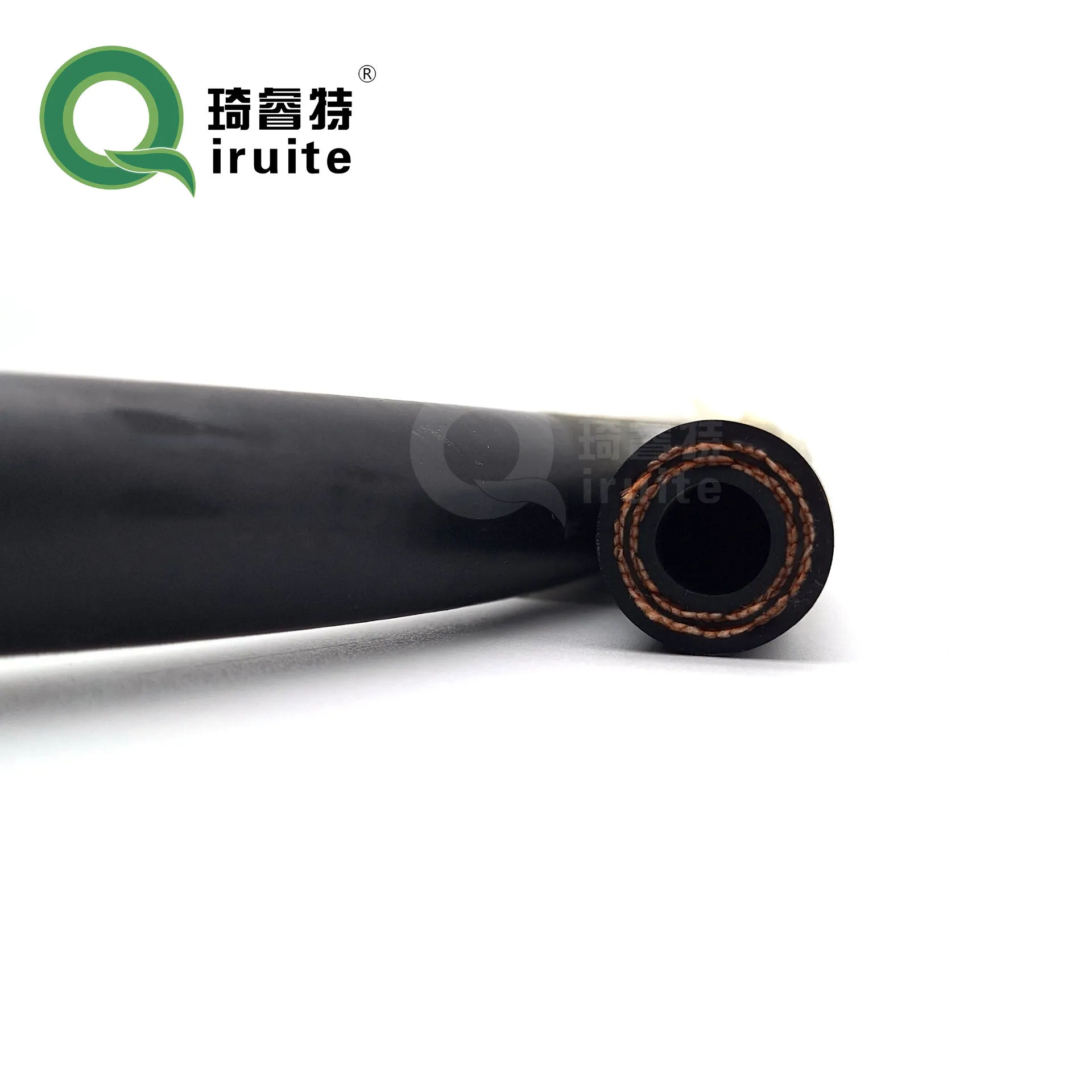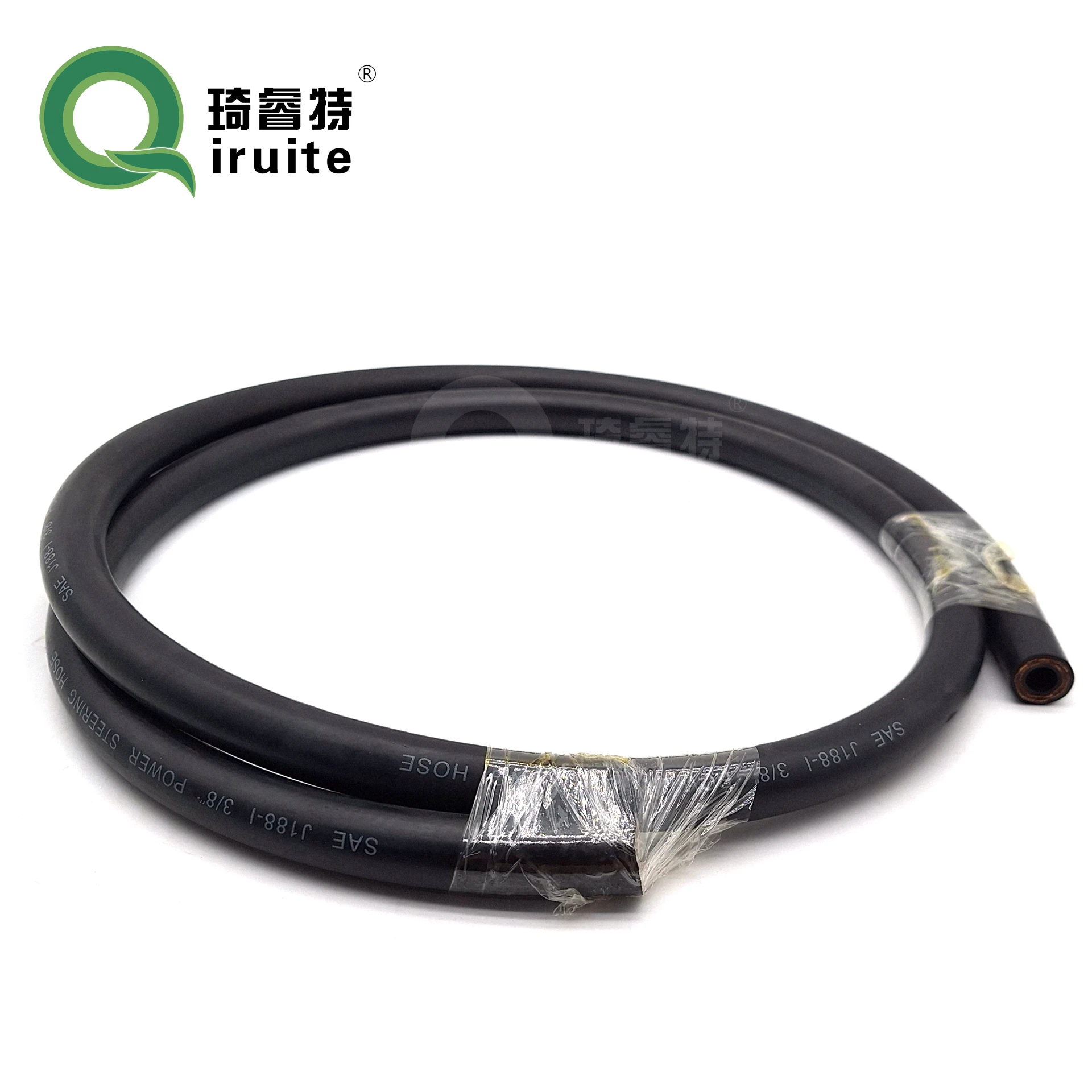Jan . 20, 2025 09:51
Back to list
brake hose sae j1401
Brake hoses are the lifelines connecting the hydraulic brake system of a vehicle to its wheel cylinders and calipers. These vital components must withstand constant pressure while flexible enough to accommodate the movement of suspension and steering. A well-engineered brake hose is integral to the safety and performance of any vehicle, ensuring that the hydraulic fluid efficiently travels from the master cylinder to the braking components.
In choosing a brake hose replacement, original equipment manufacturer (OEM) parts are generally recommended for their guaranteed fit and reliability. These parts have undergone rigorous testing to meet specific performance standards set by the vehicle's manufacturer, offering peace of mind concerning safety and durability. However, for enthusiasts seeking enhanced performance, aftermarket options provide alternatives with potentially superior materials and designs that could improve braking response and longevity. Documented experience suggests that investing in quality brake hoses and maintaining them proactively extends vehicle lifespan and enhances safety. Reports of increased braking efficiency, reduced stopping distances, and improved pedal feel from quality brake hoses underline their importance. Case studies reiterate the catastrophic consequences of neglected brake hose maintenance, often leading to significant accidents and injuries, further underscoring the need for timely replacements and repairs. Ensuring trustworthy performance from a brake hose means relying on reputable brands known for their engineering excellence and adherence to industry standards. Certifications from organizations such as the Department of Transportation (DOT) and the Society of Automotive Engineers (SAE) serve as indicators of a product's reliability and safety compliance. In conclusion, brake hoses are not mere conduits for hydraulic fluid; they are pivotal in ensuring a vehicle responds effectively when brakes are engaged. By emphasizing the importance of quality, proper installation, and maintenance, this critical component helps safeguard both driver and passenger, maintaining the highest levels of vehicle safety and performance.


In choosing a brake hose replacement, original equipment manufacturer (OEM) parts are generally recommended for their guaranteed fit and reliability. These parts have undergone rigorous testing to meet specific performance standards set by the vehicle's manufacturer, offering peace of mind concerning safety and durability. However, for enthusiasts seeking enhanced performance, aftermarket options provide alternatives with potentially superior materials and designs that could improve braking response and longevity. Documented experience suggests that investing in quality brake hoses and maintaining them proactively extends vehicle lifespan and enhances safety. Reports of increased braking efficiency, reduced stopping distances, and improved pedal feel from quality brake hoses underline their importance. Case studies reiterate the catastrophic consequences of neglected brake hose maintenance, often leading to significant accidents and injuries, further underscoring the need for timely replacements and repairs. Ensuring trustworthy performance from a brake hose means relying on reputable brands known for their engineering excellence and adherence to industry standards. Certifications from organizations such as the Department of Transportation (DOT) and the Society of Automotive Engineers (SAE) serve as indicators of a product's reliability and safety compliance. In conclusion, brake hoses are not mere conduits for hydraulic fluid; they are pivotal in ensuring a vehicle responds effectively when brakes are engaged. By emphasizing the importance of quality, proper installation, and maintenance, this critical component helps safeguard both driver and passenger, maintaining the highest levels of vehicle safety and performance.
Next:
Latest news
-
Ultimate Spiral Protection for Hoses & CablesNewsJun.26,2025
-
The Ultimate Quick-Connect Solutions for Every NeedNewsJun.26,2025
-
SAE J1401 Brake Hose: Reliable Choice for Safe BrakingNewsJun.26,2025
-
Reliable J2064 A/C Hoses for Real-World Cooling NeedsNewsJun.26,2025
-
Heavy-Duty Sewer Jetting Hoses Built to LastNewsJun.26,2025
-
Fix Power Steering Tube Leaks Fast – Durable & Affordable SolutionNewsJun.26,2025

